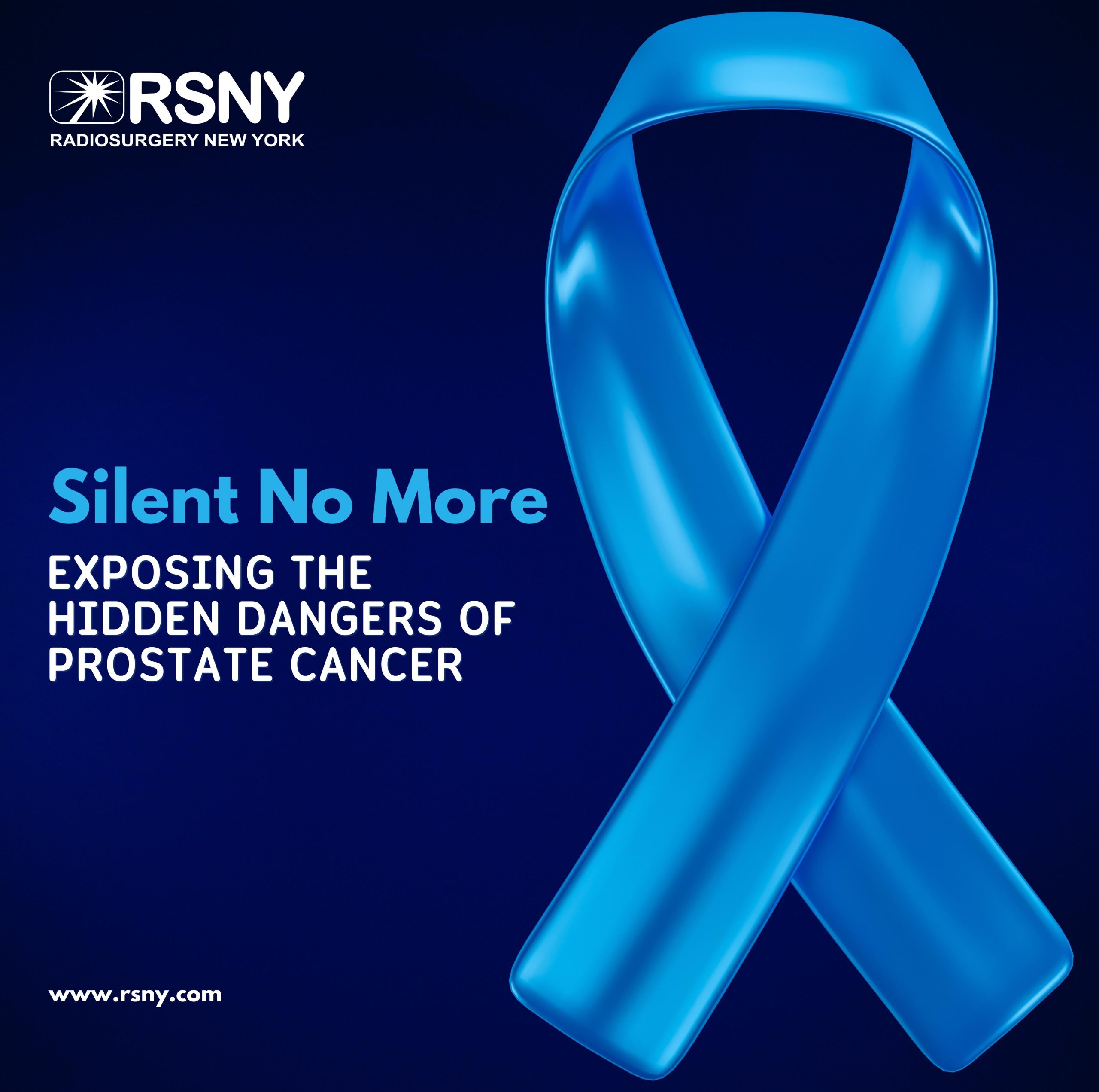
Amid an ever-evolving landscape of medical science, prostate cancer, often called the ‘silent killer,’ continues to be a significant concern for the world’s male population. Cancer in the prostate, a small gland that produces seminal fluid in men, often progresses silently with little to no early signs. As a result, it remains one of the most insidious forms of cancer.
Symptoms are typically seen in the urinary system, given the prostate gland’s proximity to the bladder. Frequent urination, especially at night, blood in the urine or semen, discomfort in the pelvic area, bone pain, and erectile dysfunction are potential signs that should be discussed with a healthcare provider.
Yet, the onset of these symptoms does not necessarily mean a man has prostate cancer. They could signal other health conditions, like benign prostatic hyperplasia (BPH), a noncancerous prostate gland enlargement. This understanding underscores the importance of open dialogue with medical professionals and routine screening for men, especially those over 50 or at a higher risk due to family history or ethnic background.

Historically, the medical community has relied heavily on two primary methods for detecting prostate cancer – the digital rectal exam (DRE) and prostate-specific antigen (PSA) testing. The DRE is a quick, simple procedure where a doctor checks for abnormalities in the gland’s size, shape, or texture.
On the other hand, the PSA test uses a blood sample to gauge the prostate gland’s production of PSA. Elevated PSA levels might indicate the presence of cancer, though other conditions like prostatitis (inflammation of the prostate) or urinary tract infections can also cause a rise in these levels.
Given these traditional screening methods’ limitations and potential false positives, searching for more accurate, non-invasive diagnostic techniques is ongoing. Researchers like Dr. Gil Lederman and his team at RSNY frequently pioneer medical advancements that open up new possibilities for the early detection and treatment of prostate cancer.
These new techniques are potentially game-changing, offering hope to millions worldwide. However, their efficacy ultimately depends on the early and accurate identification of symptoms, which loops back to the need for enhanced public awareness.

In the fight against cancer in the prostate, knowledge is the most potent weapon. Asymptomatic understanding provides a substantial advantage for early detection, and early detection often leads to more treatment options and better outcomes.
Remember, each man’s experience with prostate cancer is unique. The absence of noticeable symptoms does not guarantee one is free from risk. It is essential to consult with healthcare professionals, understand risk factors, and determine the most appropriate course for screenings and potential treatments.
Prostate cancer, much like other forms of cancer, does not respect boundaries of age, ethnicity, or social status. Awareness is a universal necessity, and people must take part in the efforts to understand and recognize the signs and symptoms associated with it.
Furthermore, it’s important to note that understanding symptoms and the subsequent dialogue it opens with healthcare professionals can lead to early detection and improved patient-doctor relationships. These relationships facilitate better communication, understanding of the patient’s unique circumstances and health history, and, ultimately, a personalized approach to healthcare.
In conclusion, the silent progression of prostate cancer underscores the urgent need for increased awareness. Understanding symptoms and the role they play in early detection is paramount in the fight against this disease. Radiosurgery New York continues to stand with patients, healthcare professionals, and communities worldwide, working together to usher in a new era of hope and healing for prostate cancer.










